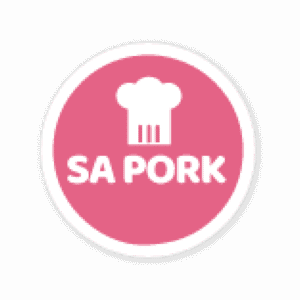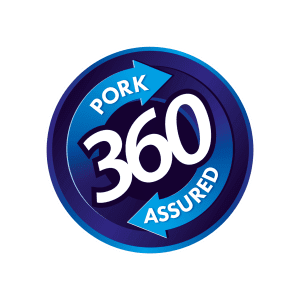Pork 360 strategy meeting feedback: Aligning and integrating for a self-managed future
THE 12 FACTORS OF PORK 360 ON-FARM
- On-farm ADMINISTRATION
- ACCESS control
- EMPLOYEE facilities and management
- PEST control
- FEED quality and feeding management
- HOUSING requirements
- Animal WELFARE: Management and care
- Sanitary and HYGIENE requirements
- MEDICATION and vaccine management
- WASTE management
- Animal TRANSPORT
- Maintenance of EQUIPMENT and the measuring and monitoring systems on-farm
Recently, SAPPO’s leadership, together with a group of farmers, strategically reflected on the future of Pork 360. The assurance scheme was lauded for the role it played in improving food safety, traceability, animal welfare, biosecurity, and environmental stewardship along the value chain. The disruptions in the macro-environment and the heightened necessity to improve the pork value risk resilience were cited as drivers to integrate the scheme into a key pillar of the pork industry’s sustainability and risk management strategy.
The farm assurance scheme was launched in 2011 and was later expanded along the value chain to include abattoirs and processors. Currently, more than 50% of sows in the country are produced under the internationally accredited scheme and 11 abattoirs are Pork 360 certified. The scheme is administered by SAPPO and audits are conducted annually by industry veterinarians. Over the past two years, SAPPO has started to digitise and simplify the administration of the audit process, as well as monitoring and evaluation of the scheme. This digitalisation will be expanded in the coming months as a means of easing onboarding and enhancing the integrity of the scheme and the cost-benefit to farms and the industry.
Historically, the scheme was perceived to be a brand that would realise a premium price, but there is growing consensus that the adoption of Pork 360 rather enables the sustainability of the entire industry and serves as a licence to operate. Therefore, the scheme should be seen as an integral part of the pork industry’s ability to respond to the systemic risks embedded both in its dualistic structure and significant changes in its macro-environment.







